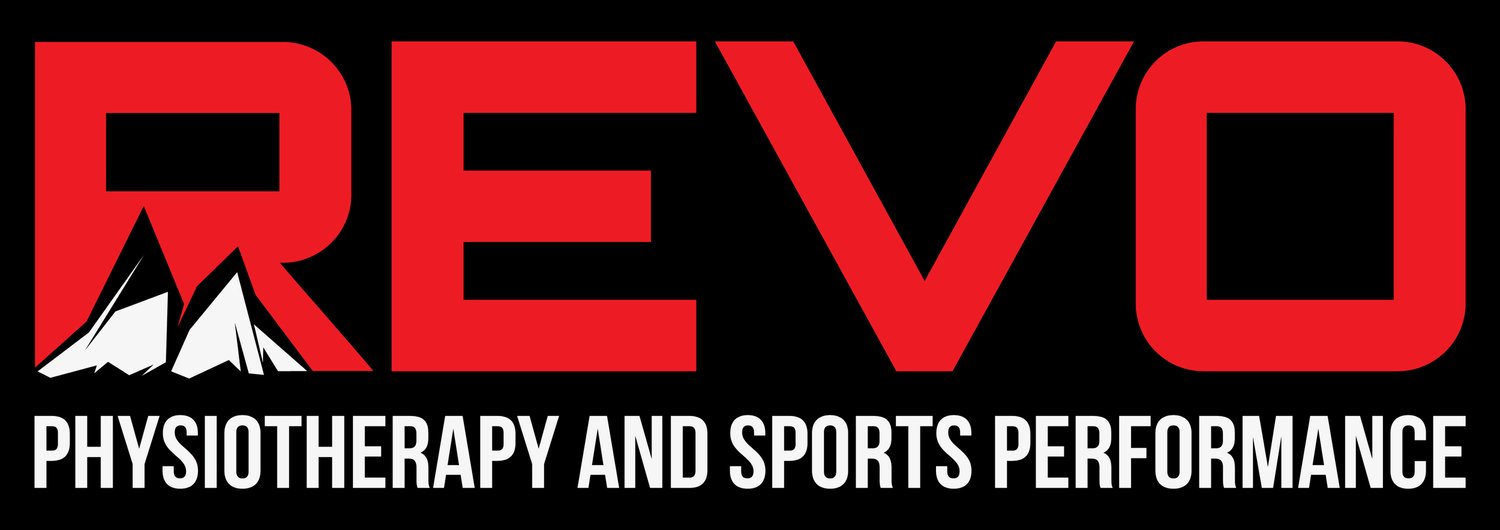Optimizing cadence: A step to improve your running economy
Running economy is a key factor for performance in distance running, referring to how efficiently a runner uses energy at a given pace. Many runners focus on increasing speed, improving stamina, or following specific training programs, but one aspect that is often overlooked is running cadence—the number of steps you take per minute. Surprisingly, adjusting cadence can have a profound effect on running economy and overall performance.
Why cadence matters for economy
1. Improved Energy Efficiency
Higher cadence often translates to shorter, quicker strides, which minimizes the amount of time each foot spends on the ground. This reduction in ground contact time can decrease the vertical oscillation (up-and-down movement) of the body, meaning less energy is wasted in unnecessary bouncing. With lower vertical displacement, you conserve energy that would otherwise be lost with each step.
In contrast, runners with a low cadence often take longer strides, which can increase energy expenditure due to greater ground reaction forces and less efficient muscle recruitment patterns. By optimizing cadence, runners can reduce fatigue and improve efficiency.
2. Reduced Risk of Injury
One of the most significant benefits of improving running cadence is the potential to reduce injury risk. When a runner takes fewer steps per minute, they tend to land with more force, often overstriding and leading to a heel-strike landing. This increases impact on the joints, especially the knees, hips, and lower back, which can contribute to injuries like shin splints, stress fractures, and runner's knee.
By increasing cadence, the runner naturally shortens their stride, encouraging a midfoot or forefoot landing, which disperses impact forces more evenly throughout the foot and lower leg. This not only improves efficiency but also helps protect the body from repetitive stress injuries.
3. Better Muscle Recruitment
A higher cadence results in more frequent muscle engagement but with lower force per step. This distributed workload helps prevent fatigue in larger muscle groups like the quads and glutes while recruiting the calves and smaller stabilizing muscles. As these muscles work more efficiently together, running form remains more stable and consistent over time, which improves endurance and running economy.
4. Optimized Oxygen Utilization
Running economy is closely linked to how efficiently your body uses oxygen. Studies have shown that runners with optimized cadence tend to have lower oxygen consumption at a given pace. By taking shorter, faster strides, the muscles engage more rhythmically, which enhances the efficiency of oxygen transport and energy metabolism. Over the course of a long run or race, this translates to the ability to maintain pace with less energy expenditure.
How to improve your cadence
Start by Measuring Your Cadence:
Watch our YouTube video on how to find your cadence HERE
Gradual increase
Aim to increase your cadence by 5-10% over a period of several weeks. For example, if your current cadence is 160 SPM, try to bring it up to 165 SPM and gradually approach the 170-180 range.
Shorten your stride
Focus on shortening your stride rather than trying to speed up your legs. The goal is to reduce the time your foot is on the ground while maintaining smooth, rhythmic movements.
Practice drills
Incorporate cadence drills into your routine, such as running to a metronome or music with a set tempo. These exercises help your body become accustomed to a faster rhythm.
Strengthen key muscles
Strengthening the core and lower body, particularly the hips, glutes, and calves, will improve stability and make it easier to maintain an optimal cadence without strain.
Running cadence is a powerful tool that can enhance your running economy, improve performance, and reduce the risk of injury. By focusing on a more efficient stride pattern, runners can conserve energy and achieve better results without necessarily increasing speed or mileage. Whether you're training for a marathon or just looking to improve your running form, paying attention to cadence can lead to long-term benefits that will keep you running strong and injury-free.

